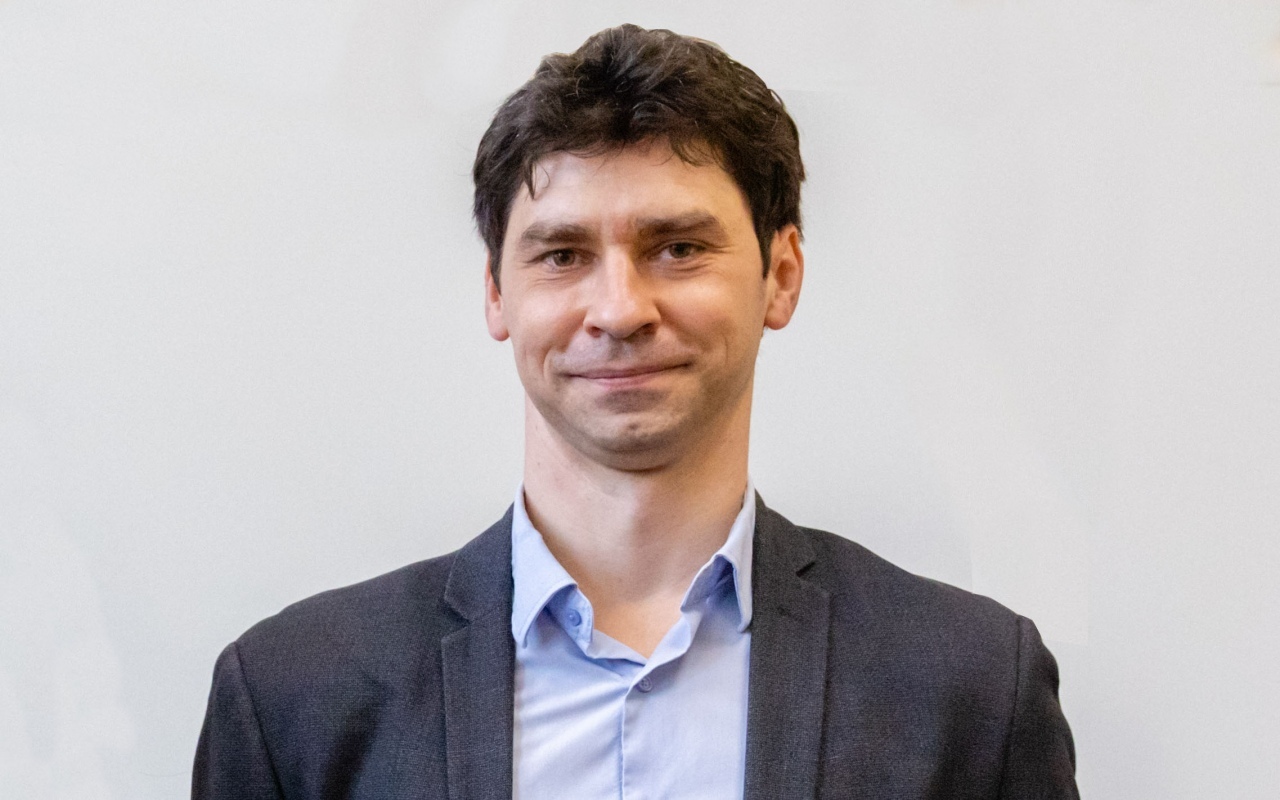Saint Petersburg Electrotechnical University

One of the main applications of this AI-based technology is the security and privacy of personal data collected around the world every second. This issue has become extremely important after the adoption of several legislative regulations, such as the GDPR in the European Union, CCPA in the USA, and PDPA in Singapore. They require transparent processing of personal data with an explicitly stated purpose and the consent of the data subject.
In a smart home, the data sources are the devices in each apartment: the alarm clock, the bathroom faucet, the underfloor heating, and the lights. In the traditional approach, all data from each apartment is collected in a centralized repository. It is used to train a model (such as a neural network), and after that, the model would be transmitted back to the smart home control system.
At the alarm call, such a model "knows" that heating should start warming up, the bathtub should be filled, and the lights in certain rooms should turn on. On the one hand, data collection is necessary to train such a model because the more data, the smarter the model.
On the other hand, information about you: when you get up, when you go to the bathroom, when you eat, and so on, becomes available to someone else, and you do not know how it will be used. According to the principles of federated learning, the data will not leave your apartment.
ETU "LETI" scientists tested systems from different companies: Google, Webank, Baidu, the OpenMined community, and others. The authors conducted a series of experiments with them on three data sets.
The first contained the parameters of a moving passenger car (average speed, engine load, etc.) and assessed the driving style, the road surface, and the traffic state. The second included similar signal data for dumpers, and its analysis provided information about the vehicle operation. Finally, the third set was X-ray images from 5,232 patients (3,383 images of them with signs of pneumonia). The analysis allowed us to distinguish sick people from healthy ones.
"We compared all currently available open-source federated learning frameworks and evaluated their capabilities. Our approach proved to be effective in all three cases. However, not all of them are suitable for industrial development now. Some systems are still in their early stages and not ready for widespread use. Nevertheless, the federated learning technology itself is extremely relevant and rapidly developing," says Ivan Kholod, Dean of the Faculty of Computer Science and Technology at ETU "LETI."